Wood Movement Is Real---Why Your Beautiful Project Might Warp in a Month
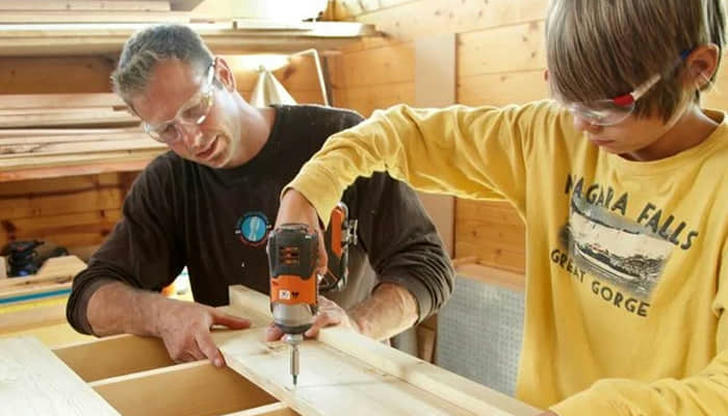
You just spent hours building the perfect bookshelf. Clean lines, flawless joints, and a finish that glows in the afternoon light. But fast-forward a month, and something feels... off. One of the shelves is bowed. The back panel has split. The whole thing leans ever so slightly to the left. What happened?
Wait, Wood Moves?
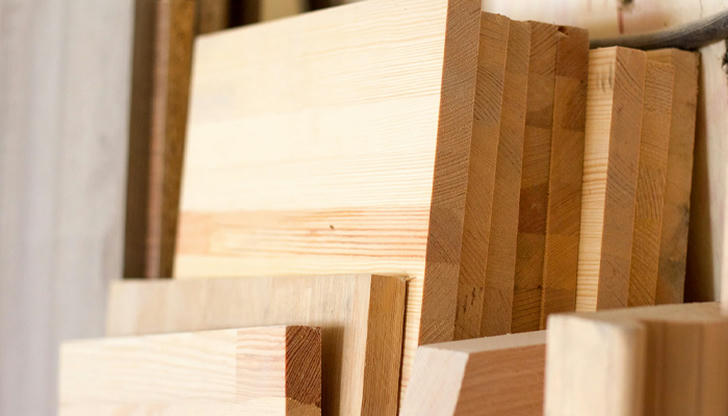
Yes, it does---and it's completely normal. Wood is a natural material, and even after it's been cut, milled, and sanded, it still reacts to changes in its environment. This behavior is called wood movement, and it's caused by shifts in humidity and temperature. The moisture content of the wood goes up and down depending on the surrounding air, and with it, the wood expands or contracts.
It doesn't matter if the wood is sealed, painted, or stained---it will move. The key is learning how to design and build in a way that allows for that movement, instead of fighting it.
Why You Should Care (Especially as a DIYer)
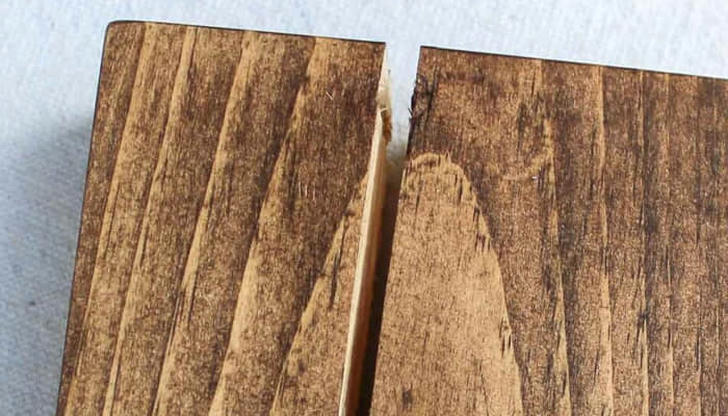
If you're building your own furniture or home decor projects, ignoring wood movement can lead to warping, cracking, joint failure, or parts literally tearing away from each other. And it can happen fast---sometimes within weeks of finishing your project, especially if you move it from a dry garage into a humid living room.
This is why some DIYers say, "It looked great in the workshop... and then it exploded."
Let's break it down so you don't end up in that group.
The Science (Without the Boring Bits)
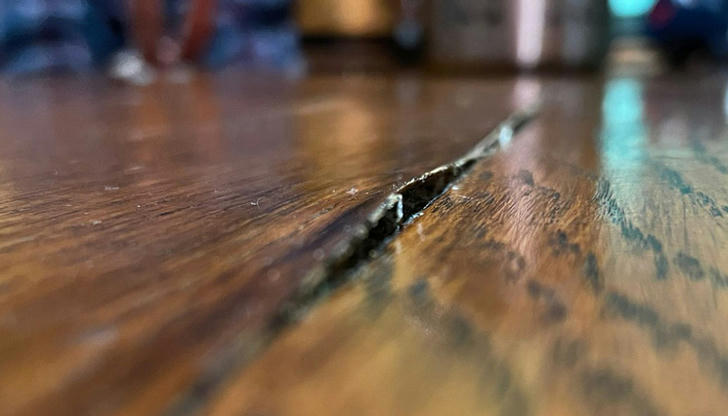
Wood cells absorb and release moisture from the air. This causes the cells to swell or shrink---but not evenly in all directions. Wood moves the most across the grain (width), a bit less along the thickness, and barely at all along the grain (length). That means a wide plank can grow or shrink significantly in width during seasonal changes.
Across the grain: Can move up to ¼ inch or more on a 12" wide board.
Along the grain: Usually no more than 1% movement.
So if you trap a wide panel in a rigid frame, guess what? When the humidity changes, it wants to expand---but can't. That's when you get cracks, splits, or bowed panels.
Common Mistakes That Lead to Warping
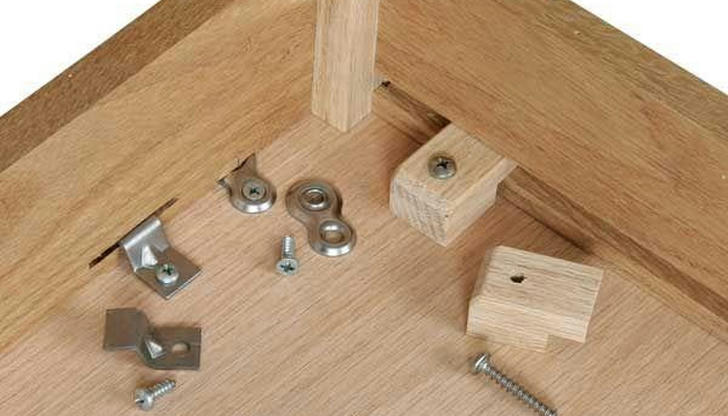
Even experienced DIYers can fall into these traps:
1. Using wood that hasn't acclimated
If you buy wood at the store and immediately build with it, you might be asking for trouble. Lumber needs time to adjust to the humidity of your workshop or home. Otherwise, it'll start moving after you've already assembled everything.
Fix: Let your wood sit flat in your workspace for several days to a week before using it.
2. Gluing or screwing wide panels on all sides
A wide tabletop glued directly to aprons on all four sides can't move freely. Result? Cracks or split glue joints.
Fix: Use figure-eight fasteners, Z-clips, or elongated screw holes to attach tops. They hold the piece in place but allow the wood to move.
3. Trapping a panel in a frame (and gluing it)
Cabinet doors and panel walls are classic culprits. People glue the panel into the groove of the frame---then it expands and splits the stile.
Fix: Use floating panels: don't glue them, just let them sit in the groove with room to move.
How to Design for Movement (So Your Projects Last)
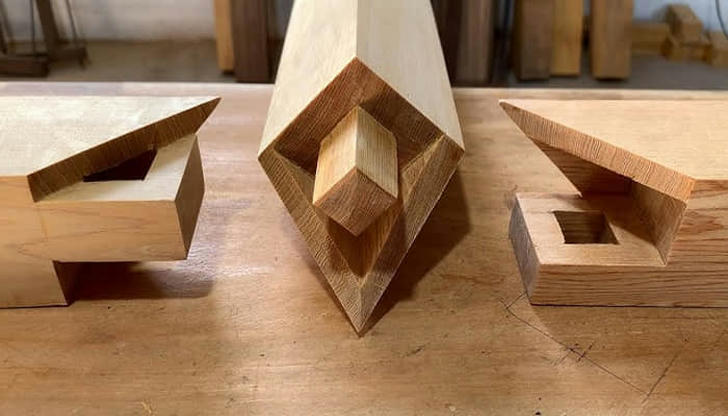
💡 Choose the Right Joinery
Avoid joints that lock the wood in place on all sides. Mortise-and-tenon, pocket holes, or even well-planned floating tenons are better options for allowing natural expansion and contraction.
💡 Think Seasonally
Build slightly looser in humid months, tighter in dry seasons. You can also check online wood movement calculators to estimate seasonal changes based on your region.
💡 Finish Matters---But It's Not Magic
Sealing the wood slows down moisture transfer, but it doesn't stop it. A good finish helps, but it's not a solution by itself. Design always comes first.
Real Talk: Should You Panic?
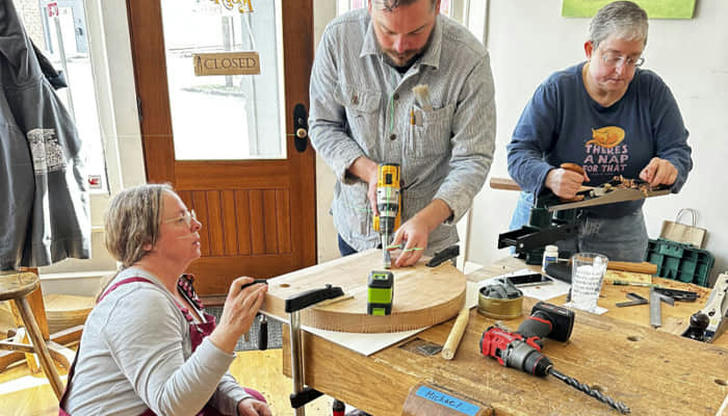
Nope. Wood movement isn't a reason to quit woodworking---it's just something you need to understand and work with, not against. The good news? Once you know how to build for it, your projects will last for decades.
And if your first table cracked or warped? You're not alone. That's how most of us learned this lesson in the first place.
Final Tip: Learn to Love the Movement
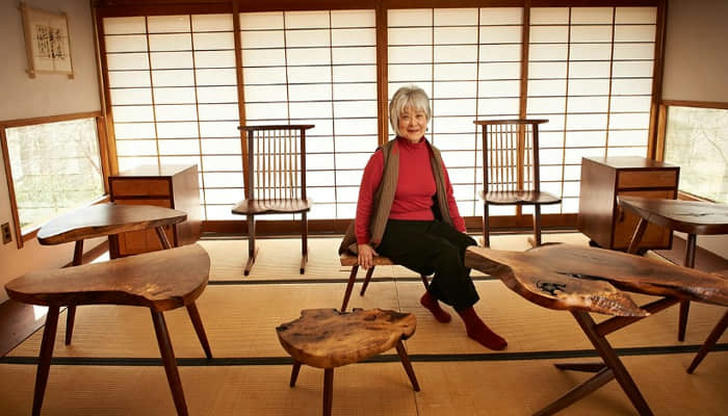
Many professional woodworkers actually embrace wood movement. It's a reminder that you're working with something real---something alive. So the next time your project warps a little, see it as part of the craft, not a failure.
Just don't screw down all four corners of that tabletop. Seriously. Don't.
